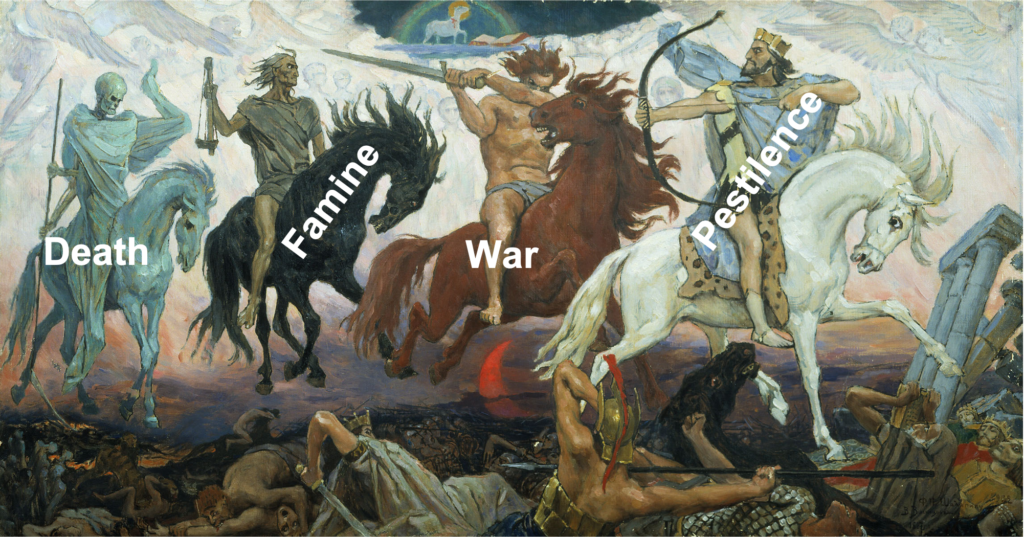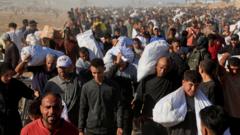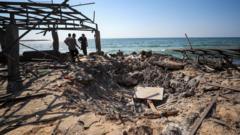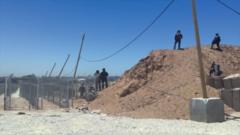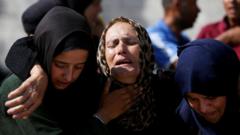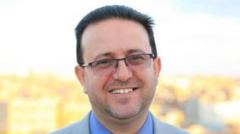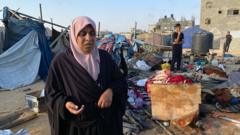Pharma Distribution M&A Opportunity
Having unlocked the last part of this Theme Vitrine , here is the deal:
Uzbekistan brief
With a population of 35mil, Uzbek economy is much larger and more industrialized than Kyrgyz or Mongolian. So while Uzbekistan also has some serious mineral deposits including the world’s largest open pit gold mine Muruntau, it does not overwhelmingly depend on them minerals.
The pharmaceutical market is estimated at $1.3bil including the offshore vehicles setup to bypass price controls (mark up margin ceilings). This translates to a pharma market of +/- $37 per capita.
The Uzbek government has been trying to develop the local pharma manufacturing as an import substitution policy, with $600mil invested during 2010-15, local tax preferences and lower interest on loans.
The Uzbek market is the most regulated among the four countries we are showcasing, yet it is also one of the most enterprising with a large pie available & growing (see a regulation brief ).
While there are numerous local manufacturers (150 companies, 30 out of them are foreign joint ventures), imports are still at a high 80% (western 33%, CIS 25%, India 15%). There is also plenty of quasi-local M&A activity going on, whereby some of the players seem to be positioning themselves for the ‘inevitable’ market opening.!?
The $1.3bil is further broken into 50% generic drugs, 25% branded drugs and 25% OTC, produced or distributed by 300 registered pharma companies. Among those there are about 70 wholesalers including the top market players: Grand pharm (private market leader https://grandpharm.uz/), Dori-Darmon (state-owned), Asia trade, Asklepiy, ATM partners, Medicare, Pharmed, Lahisam, Atlas pharm, Farmexx, Quramax medical, Med import.
There are over 4,000 pharmacies: with Dori-Damon being the largest with 0ver 500 outlets (most not operational, conserved), and others including Grand pharm (240 under Grandpharm, Aziapharm & Bestpharm brands), Oximed, Medicare, Propharma, Technopharm, Novo pharma, Jurabek.
Aakelepy group of five pharma businesses: wholesale distribution (Askelepiy), pharmacy chain (Oximed), newest local pharma production (Nika), herbal tea production (Zamona rano) and marketing (Mari pharm). The origins started from Mr.Talibov as pharmacist turned pharma trade businessman after the split of the USSR. Then in a similar fashion like in the other markets, vertical components have been added – retail, production, etc. in the new millennia.
Over the last decade or so, Oxymed grew from 25 pharmacies to 40 by adding Nika outlets, and then with further market consolidation of smaller or independent players increased its network to over 120. The ambition is to compete head-to-head with Grand pharma’s 240 pharmacies. Note that until Dori-Damon is fully privatized, it remains largely a place where shops or people can be taken by more enterprising private companies.

Photo:DA
The company / group has significant potential as an internal and cross-border consolidator platform (not necessarily Uzbek by domicile) due to its dynamic nature, international distribution channels and mare size of own market, say compared to the Kyrgyz, Turkmen, Tajik or for that matter Kazakh colleagues.
Armenia brief
Yet another landlocked country in our sample, but much smaller in land size, with a population roughly the same as Mongolia at 3.3mil. On the other hand, like Kyrgyzstan, it has a large diaspora whereby the remittances have contributed to the development of this emerging market (GDP/capita PPP at $10k+ in 2019).
Armenia’s pharma industry is relatively well developed, but still growing faster than the economy (6 vs. 5%).
Again like in the rest of the CACA region, it is heavily dependent on imported drugs.
The total market size is probably just below that of Kyrgyzstan at some $150mil (generating a relatively high regional $45/pop).
A rather well structured & developed pharma wholesale market constitutes for more than ¾rs of the value chain. Top five wholesale distributors (of the 35+/- total) control approximately 2/3rds of the market. Natali pharm & Alfa pharm being the leaders with about 20-25% each.
The retail market is slowly consolidating but still quite nascent in terms of development. A largely fragmented retail market probably has a 1,000 outlets operating across the country, of which Alfa (120), Natali (100), 911 (30?), etc. The retailers have traditionally been equally sharing the mark-up margin (20-25%) with the wholesalers.
Alfa Pharm is a leading integrated pharmaceutical company serving both the wholesale distributors and the retail pharmacies in Armenia. It was founded in 1996 through a small pharmacy merger of six companies initially, and then adding up more pharmacists over the years.
As an Armenian market leader it was always a good target for larger CIS companies in the industry, such as Russian 36.6° or Ukranian Apteka Nizkih Cen pharma chains, which were both on shopping sprees some years ago, but in their own countries. Acquisitions ranged for chains from 5 to 50 outlets, or $3 to 33mil in revenue; something that on the higher end almost ranks a leader in most of our CACA markets.

Photo:TA
Alfa Pharm has an atypical shareholding structure, i.e. it is not family and/or friends owned, so it has proper corporate governance in place and has been involved in innovative financing in the past. As such it represents a relatively good target for a bolt-on acquisition
Theme Contribution

Madina Umarova
Experienced consultant with a demonstrated history of working in the industry. Skilled in commercial and nonprofit settings for business development, HR, marketing & administration.
Madina also is:
- Vice president, head of economic group (CIS), Coordinating Council of Russian compatriots in Croatia
- Founder of the Russian culture club in Croatia
- Teacher of Russian language and literature (& business comm)
And was:
- KPMG senior office administrator
- Professor at Law university
- Club administrator
- Cello instructor
- Human rights activists assess the impact of publicity in cases of illegal detainees in Chechnyaon July 3, 2025 at 9:39 am
Relatives of those illegally detained in Chechnya often try to secure their release on their own, and only as a last resort do they turn to human rights organizations, but publicity does not always help, human rights activists pointed out, commenting on information about the illegal detention of three schoolchildren by security forces in Chechnya.
- North Ossetian fighter killed in Ukraineon July 3, 2025 at 8:40 am
Mikhail Dezhin was killed in combat. Since the start of the military operation in Ukraine, at least 455 fighters from North Ossetia have been officially recognized as killed.
- Two Contract Soldiers from Adygea Receive Posthumous Awardson July 3, 2025 at 7:44 am
Nikolay Ashcheulov and Oleg Bugayev were killed in the fighting. Since the beginning of the military operation in Ukraine, at least 88 fighters from Adygea have been officially recognized as killed.
- Baku court decides to hear case of political scientist Gasimli accused of extortionon July 3, 2025 at 6:46 am
A Baku court has accepted the case of political scientist Azer Gasimli for consideration on the merits, rejecting most of the defense's motions. At the same time, the court agreed to question only two defense witnesses during the trial.
- Foreign Ministries of Azerbaijan and Russia exchanged notes of proteston July 3, 2025 at 4:51 am
Official Baku demanded an investigation into the crash of the Azerbaijan Airlines plane and compensation for the victims after Moscow expressed protest over the actions of Azerbaijani security forces against Russian citizens,
- The Investigative Committee of Armenia named the reason for the searches in Karapetyan’s companyon July 3, 2025 at 3:52 am
The searches at Samvel Karapetyan’s company were carried out as part of a criminal case on tax evasion and money laundering, the Investigative Committee of Armenia stated.
- Over 6,950 soldiers from southern Russia confirmed killed in Ukraineon July 3, 2025 at 2:57 am
Officials and security forces have publicly acknowledged that at least 3,479 fighters from the Southern Federal District and 3,473 from the North Caucasus Federal District were killed in the war zone in Ukraine.
- Barakh Chemurziev sentenced to eight years of administrative supervisionon July 3, 2025 at 1:58 am
The court sentenced Ingush activist Barakh Chemurziev, who in February served his full sentence in a case concerning an extremist community, to eight years of administrative supervision.
- A resident of Kuban received a prison term in a case of treasonon July 3, 2025 at 12:59 am
The Krasnodar Regional Court sentenced Sergei Maklakov to 13 years in a strict regime prison, finding him guilty of collaborating with Ukrainian special services.
- Three soldiers from Rostov region killed in Ukraineon July 3, 2025 at 12:16 am
Ruslan Gadzhiev, Rustam Karsliev and Maxim Kotelnikov from the Salsky district were killed in combat. Since the start of the Russian operation in Ukraine, the authorities have publicly named 693 combatants from the Rostov region killed there.
